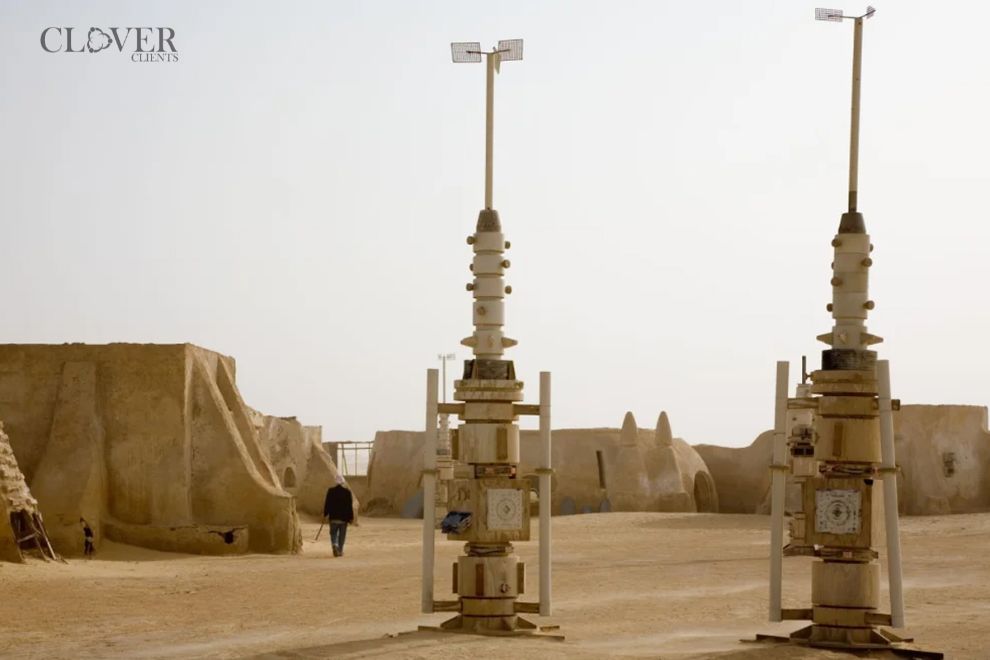The Indian city of Kozhikode in Kerala faced a severe water shortage. The situation was critical, with residents struggling to secure enough water for daily needs. In response, a group of engineers, inspired by science fiction, sought innovative solutions to keep the taps running.
Their journey into unconventional thinking brought hope to a city in distress. The crisis in Kozhikode was palpable. Engineering student Swapnil Shrivastav, like many others in the city, received just two buckets of water per day. This limited ratio was a stark indicator of the severity of the water shortage. The city’s reservoirs were drying up, and the usual sources of water could no longer meet the population’s demands.
For residents of Kozhikode, the water shortage affected every aspect of daily life. People had to plan their days around the availability of water. Simple tasks like cooking, cleaning, and personal hygiene became significant challenges. The rationing of water meant prioritizing essential uses, often leaving little for other needs.
A Watershed Moment
This challenging situation was a pivotal moment for Shrivastav. Four years earlier, he had won a competition on tackling water scarcity. This victory provided him with the confidence to seek innovative solutions.
Shrivastav turned to the Star Wars franchise for inspiration. The films depicted a device called a “moisture vaporator” which captured water from the air. Shrivastav wondered if such a concept could work in reality.
The Concept of Moisture Vaporators
In Star Wars, a moisture vaporator extracts moisture from a planet’s atmosphere. It uses refrigerated condensers and low-energy ionization fields to capture water. This water is then directed into a storage cistern.
If science fiction could conceptualize such a device, Shrivastav believed it could be realized. He teamed up with Govinda Balaji and Venkatesh Raja to explore this idea. Together, they founded Uravu Labs, a Bangalore-based startup, in 2019.
Their creation was a machine that converts air to water using a liquid desiccant. This desiccant absorbs moisture from the air. Sunlight or renewable energy heats the desiccant to around 100°F, releasing the moisture into a chamber. Here, it condenses into drinking water.
The entire process takes 12 hours to complete. Remarkably, it can produce up to 2,000 liters (about 500 gallons) of drinking-quality water daily.
Initial Challenges
Despite its potential, the machine faced significant challenges. The cost of manufacturing and running the machines was too high for civic use. Current materials technology limited its widespread adoption.
Due to these constraints, Uravu Labs shifted its focus to commercial applications. Businesses were more willing to pay for the technology, driving its sustainability. This pivot allowed the startup to stay afloat and continue their innovation.
Uravu Labs now produces water for 40 different hospitality clients. This sector has shown a readiness to invest in sustainable water solutions.
Future Improvements
Shrivastav, Raja, and Balaji are not stopping here. They plan to make the desiccant more efficient. They are investigating if it can work at lower temperatures, reducing running costs. Alternatively, they are exploring other materials that might be more cost-effective.
Another innovative idea is to run their device using waste heat from data centers. They are exploring a pilot project to utilize this waste heat to heat the desiccant.
The severe water shortage in Kozhikode prompted innovative thinking. Inspired by science fiction, Shrivastav and his team created a promising solution. While challenges remain, their efforts have already made a significant impact. Their work continues to evolve, driven by a commitment to sustainability and innovation.

